The Best Rig For Catching Sheepshead Around Heavy Structure
- By: Austin Moon
- on
- Found In: Fishing Tips, Knots, Sheepshead, Weekly Newsletter: 8-22-21
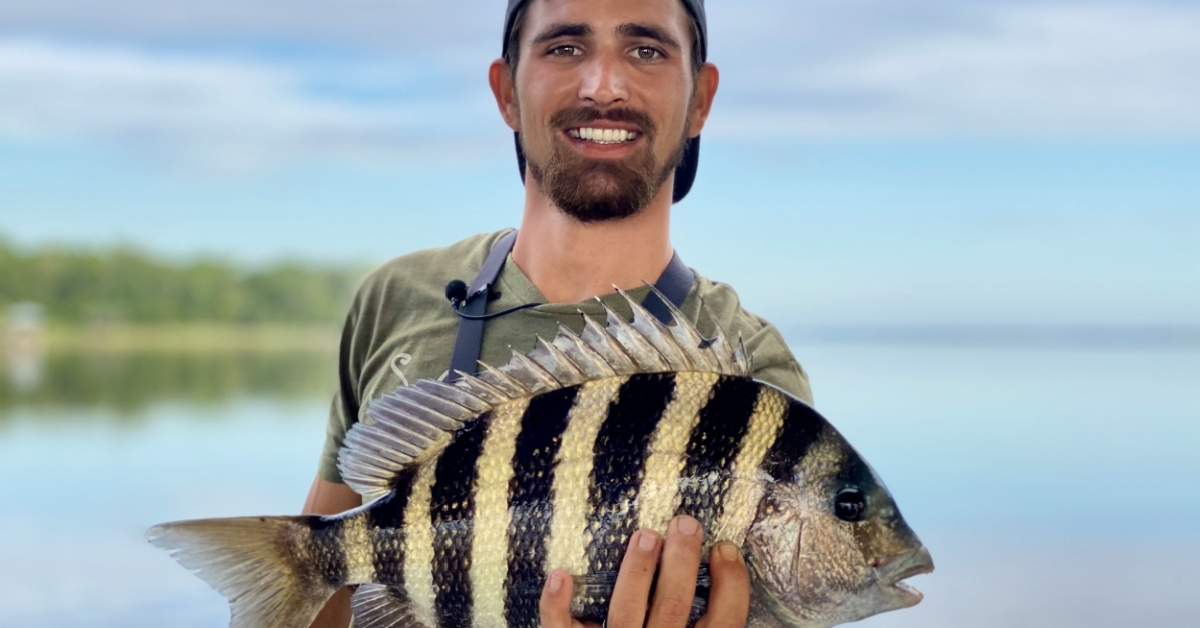
It’s almost BIG sheepshead time!
And if you want to have a chance at catching them, you need the best rig!
So in this new video, you’ll learn how to tie my favorite rig for sheepshead in deeper water, fast current, and around heavy structure.
Check it out!
Best Sheepshead Rig Around Structure [VIDEO]

My go-to rig for catching sheepshead around structure is a dropper rig.
Here’s what you’ll need:
- Ande Monofilament Leader Line, 20#
- Gamakatsu Circle Hooks, 2/0
- Teardrop Weight (weight will vary by conditions)
This rig is made up of two loop knots, one for the weight and one for the hook.
Take the tag end of the leader line and tie a non-slip loop knot.
Slide the loop through the eye of the weight, wrap around the weight, and pull tight.
Go 20 to 25 inches away from the weight up the leader line then make another loop knot (but don’t make the loop as big as you did for the weight).
Put the loop through the eye of the hook, wrap around the hook, and pull tight.
BOOM!
You’ve got a sheepshead dropper rig!
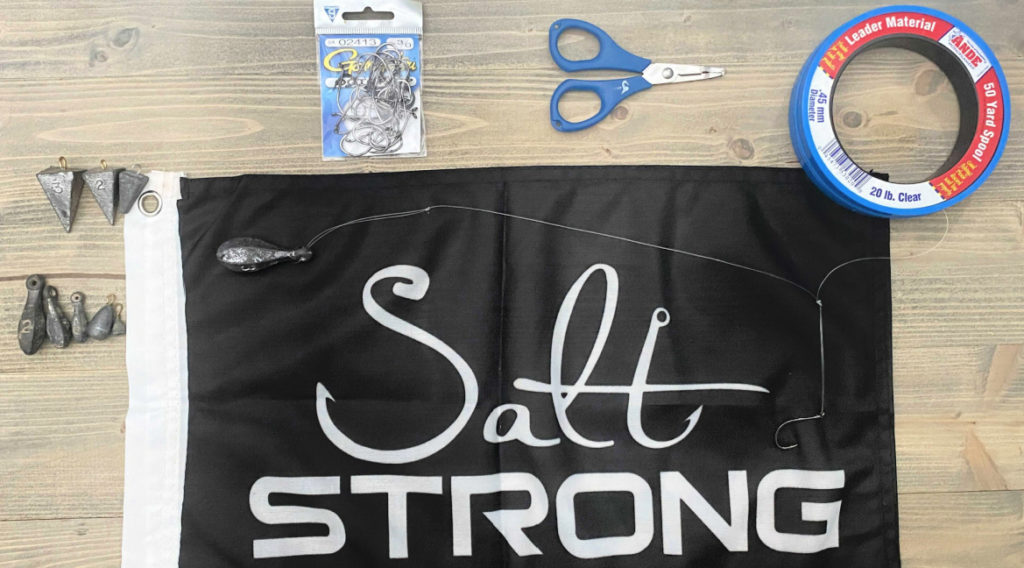
Have any questions about how to tie this rig?
Let me know down in the comments!
And if you know someone who will be sheepshead fishing this year, please TAG or SHARE this with them!
P.S. Want access to our best fishing spots and tips, plus discounts to our online tackle store? Click here to join us in the Insider Club!
Related articles:
Related categories:
STOP WASTING TIME ON THE WATER!
Do what the “SMART ANGLERS” are doing and join the Insider Club.
Here’s what you’ll receive today when you join:
- Weekly fishing reports and TRENDS revealing exactly where you should fish every trip
- Weekly “spot dissection” videos that walk you through all the best spots in your area
- Exclusive fishing tips from the PROS you can’t find anywhere else
- Everything you need to start catching fish more consistently (regardless if you fish out of a boat, kayak, or land).
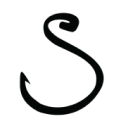
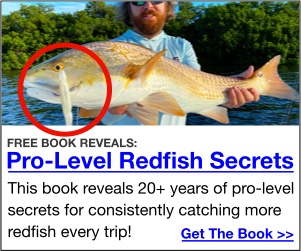


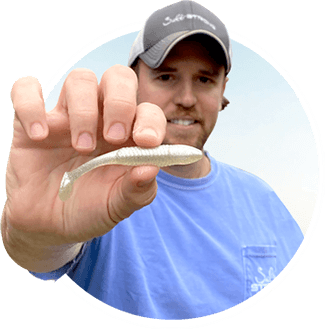
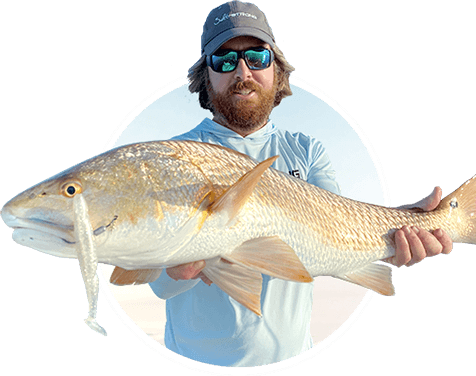
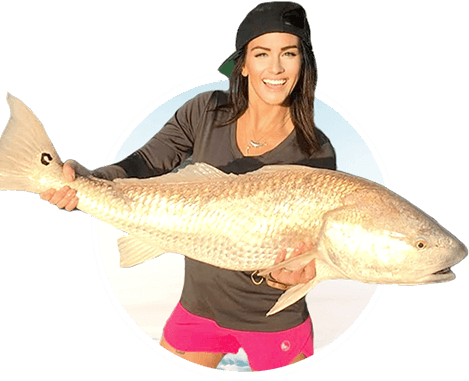
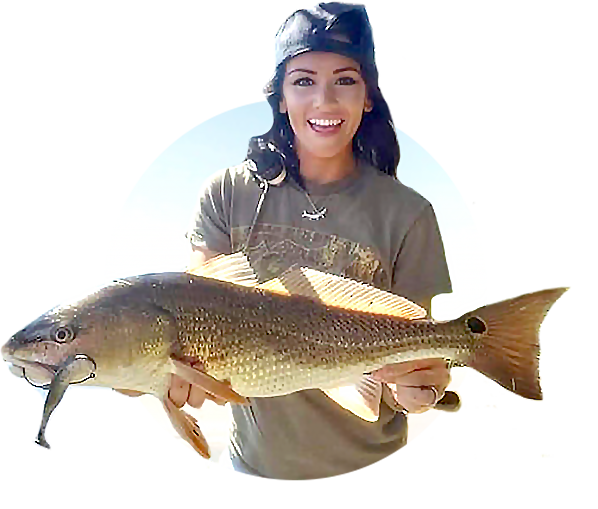
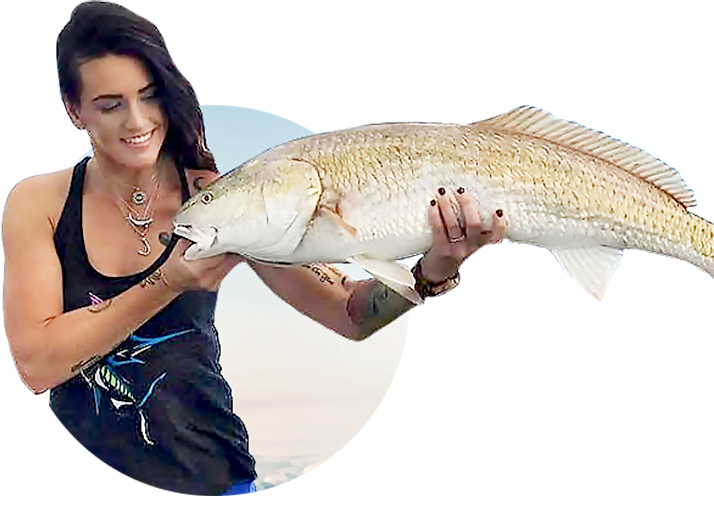
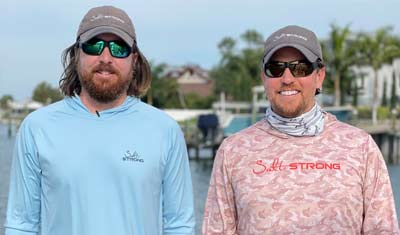
The hook loop as shown is much simpler to tie than the weight loop.
Why not just use the simple loop for both with two different sized loops
This has worked fine for me.
Thanks Vic!! Absolutely man id agree, that is much more simple!! Honestly, I didn’t really think that much into it until I seen Lukes video on his dropper rig, he posted the link here in the comments below and I actually mentioned the same thing you said in my response to him. I think I am just so use to tying that loop knot for artificial that when I tie a loop at the end of my leader I naturally go with that knot! Haha
Going forward I will probably do it the way I did the knot for the hook. But both will work great!! 👍
Thanks Austin, I’ll make a few of these ahead of time so I’ll be ready this Fall and Winter.
Thank you, Bill!!! That is an excellent idea, it could make your time on the water much better!! I hope you do great!!
Bad video can’t see the line clearly poor background or knot.
Thanks for the feedback Grey!!!
Thats a great rig, I use different knots but same rig.
Great job Austin.
We need to get out the house and go fish together one day.
Mike B.
Jacksonville, FL.
Thanks so much Mike, I appreciate you man!! Yes we do!! I cant believe we have not fished together yet!! haha
Great knowledge as always, Austin! Question about threading hook. Would going in through the hook side vs the shank side help with preventing hookups on structure or would it not really matter?
Thank you, Brian!!! Man, that is a great question!! Tough to say for sure, I normally go through the shank side and it has worked great! But I also haven’t really tried it from the hook side!! Ill have to try it and see how it works!! If you fishing pylons and get hung on one, often you can drop your rod tip and the weight will pull the hook loose!
Nice rig…thanks for the video…can’t wait to use it this fall!!!
Thank you so much Mike!! I hope you do great!!
I like to tie the sinker on using a slightly lighter weight line so if the sinker gets stuck, the lighter weight line will break and I still have my whole rig. I make a simple loop knot with the lighter weight line, attach it to the sinker, and then thread that lighter loop through the bottom loop you described, and finally thread the sinker back through the lighter weight loop. The sinker is on securely, but will break off if stuck without damaging the basic rig.
Thanks for the comment Robert!!
That is also an excellent way to tie this rig. It can save some time as well because you likely won’t lose the whole thing as you mentioned!!
Luke does it the same way! Check it out below!
https://www.saltstrong.com/articles/best-surf-fishing-rig/
Nice rig and video !!! Thanks
Thank you, Pablo!!
Appreciate the info.!
I realize it does depend on current, etc. but can you give at least some ballpark numbers for the size weight to use?
Thanks Richard!!
I really try to stay in the 1oz to 2oz range when fishing the inlet here in Jacksonville, Florida. I always try to go as light as possible, without my rig drifting away with the current much. We have average tidal swings of 4ft to 6ft on a high tide. When fishing the inlet, I normally won’t fish much deeper than 25ft to 30ft, and normally won’t fish much shallower than 6ft to 7ft. In the shallower ranges I can sometimes get away with a 1oz or sometimes slightly smaller, mid range is around 2oz, and if I am fishing really deep closer to the bottom range I have had to step up to a 3oz when the current is ripping. The size of the tides we are having, and the part of the tide I’m fishing, as well as the location I’m fishing and how it is hit by the current, all can play a role though. As well as the area your fishing could have completely different depths and tidal swings than we do here. Id start light, and work your way up until you can drop strait down, or not drift too far if it does drift because it can make it more difficult to feel the bite. This rig is great for making quick adjustment when you move, or adjusting to changing tides, or finding what you need. Having a selection of weight sizes with you will be really helpful. I use my inshore gear with this rig for Sheepshead, the same rod I throw lures with most often, and it’s fine because I’m not casting it, I’m dropping strait down, but I really don’t like to go over a 3oz personally and would prefer to stay below it, and if I ever did id step up to some heavier gear that would be more suited for bigger weights!
I hope this helps you out, Richard!
Nice video Austin! For some of us older, or less patient individuals, when attaching hooks to any loop I will take short piece of monofilament and put one end through the dropper loop to create a “loop” that links the existing dropper loop on the rig and my piece of mono. Kind of like two links in a chain. I then put both ends of the short piece of mono through the eye of the hook which is usually way easier to do than getting a pinched loop through. I then hold the hook and pull or jerk the two ends of the short piece of mono away from the hook therefore pulling the loop through the eye of the hook. I use pliers on the hook sometimes to make sure I do not hook myself because it may take a jerk or tug to get the loop through the eye of the hook. It makes things go a lot quicker when creating say multiple pompano rigs and it makes the task easier on a rocking boat.
Thank you, Gary!!
And thank you for the tip, that is brilliant!! That is definitely the hardest part of the rig, but you have given a very simple solution!! Thank you, I will share that with anyone who may have some trouble getting the loop through the hook’s eyelet. It definitely gets harder with smaller hooks, or heavier leader!!
Good input Gary. I had a headache trying to get the loop through the hook eye until the light bulb went off and used your method.